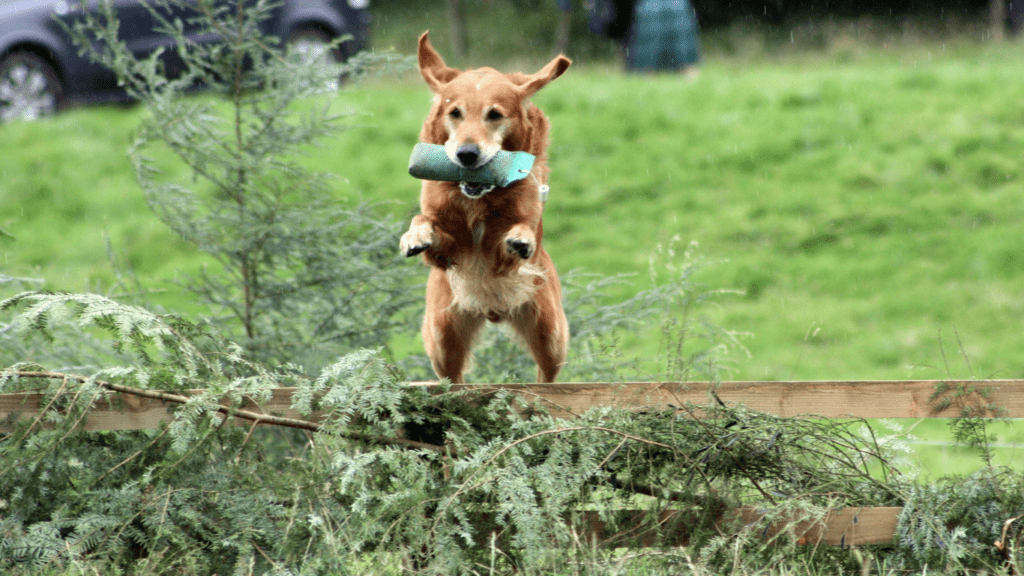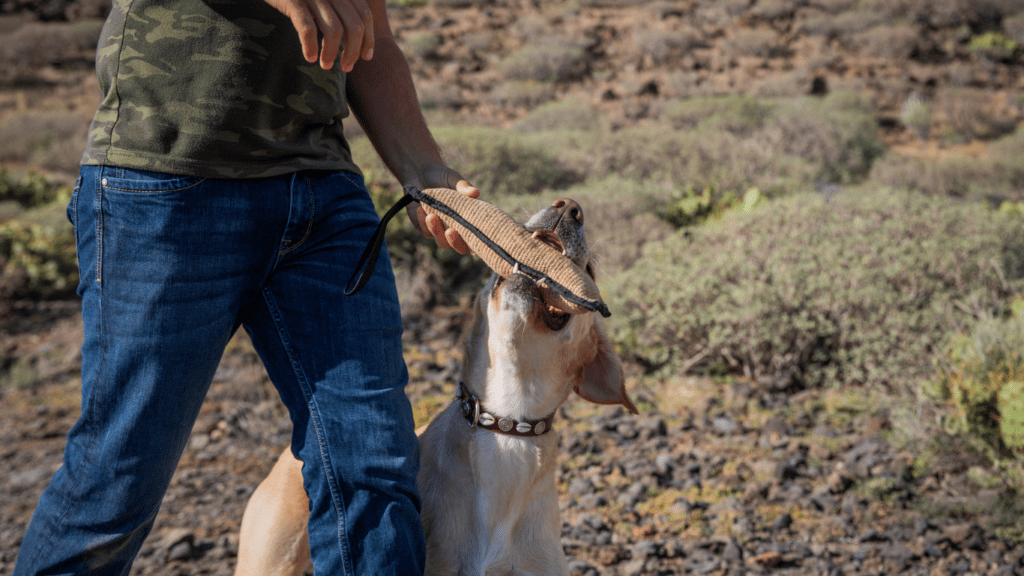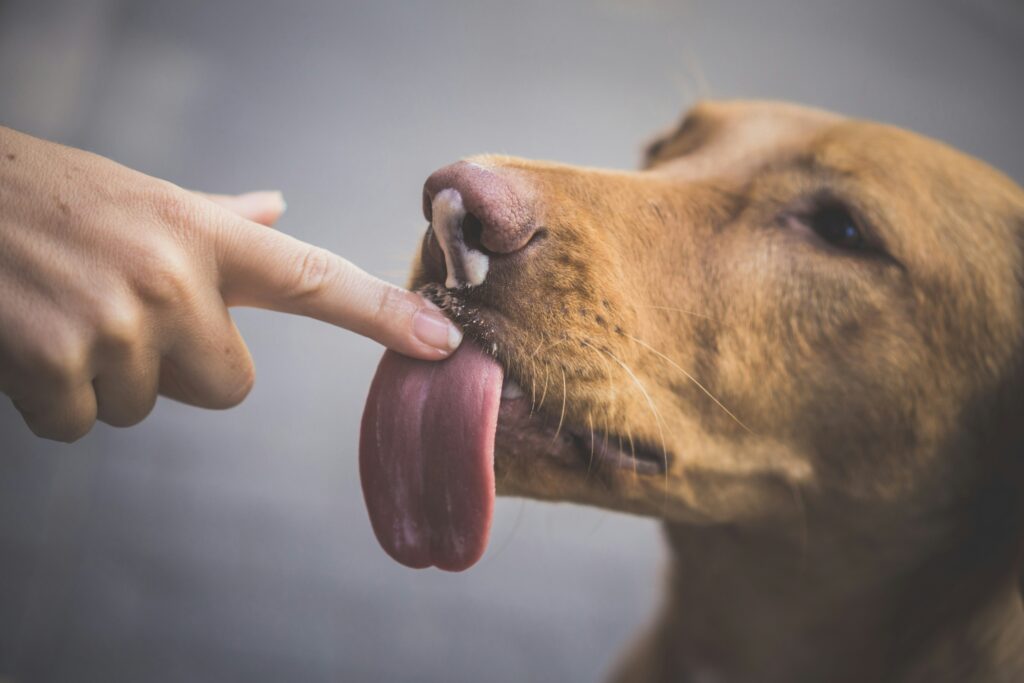Understanding Positive Reinforcement
Positive reinforcement revolves around rewarding desired behaviors. Pets find these rewards—like treats, verbal praise, or playtime—motivating. Each time they exhibit the behavior, receiving a reward strengthens the association.
Frequency and consistency matter. Pets learn more effectively when consistently rewarded immediately after performing the desired action. Delays in rewarding can confuse them, weakening the link between behavior and reward.
Contrary to punishment-based methods, positive reinforcement doesn’t instill fear. It builds a strong, trusting bond between pets and their owners. Fear-based methods might suppress unwanted behaviors temporarily, but positive reinforcement promotes lasting behavioral changes.
Scientific studies back this approach. For example, a study by the American Veterinary Society of Animal Behavior (AVSAB) found that animals trained with positive reinforcement exhibit lower stress levels than those subjected to punishment.
By focusing on positive reinforcement, pets are more likely to repeat good behaviors out of a desire for rewards. This method transforms training sessions into enjoyable, productive experiences for both pets and their owners.
Benefits of Positive Reinforcement
Positive reinforcement offers numerous advantages in pet training, making it a preferred method for many pet owners and trainers.
Builds Trust Between Pets and Owners
Rewarding pets with treats, praise, or playtime helps build a strong bond. A pet that’s rewarded for good behavior associates their owner with positive experiences. Trust grows when pets know they won’t face punishment. Strengthening this bond makes pets feel secure and loved.
Enhances Learning and Engagement
Rewards create a stimulating environment for pets. They engage more actively during training sessions and stay motivated. According to the AVSAB, animals trained with positive reinforcement show lower stress levels, enhancing their ability to learn. Engaged pets are more attentive, making training sessions productive.
Encourages Good Behavior
When pets receive rewards for good behavior, they’re likely to repeat it. Over time, positive behavior becomes a habit. Consistency in rewarding appropriate actions ensures pets understand what’s expected. This method fosters lasting behavioral changes, making it a highly effective training strategy.
How to Implement Positive Reinforcement

Positive reinforcement transforms pet training into an enjoyable and effective process. To apply this method properly, focus on key areas.
Rewarding Good Behavior
Reward desired behaviors consistently to reinforce them. For instance, when my dog sits on command, I immediately give a treat. Positive reinforcement works when pets associate rewards with their actions. Use praises, treats, or playtime to acknowledge good behaviors like obeying commands or behaving calmly.
Using Treats and Toys Effectively
Select high-quality treats and engaging toys for training sessions. Ensure treats are small and easy to consume quickly. Interactive toys, like Kongs or rope toys, can serve as rewards too. During my training sessions, I alternate between treats and toys to maintain my pet’s interest. This variety makes training more dynamic and keeps pets motivated.
Timing Your Rewards
Deliver rewards immediately after the desired behavior. An effective timeframe is within one second. Immediate reinforcement helps pets link the reward to their action. If my cat uses the scratching post, I offer a treat right away. Quick reward delivery ensures clarity in communication and reinforces positive behavior patterns efficiently.
Common Mistakes to Avoid
Though positive reinforcement offers many benefits, improper implementation can limit its effectiveness. Avoiding common errors ensures pets’ learning experiences are optimal.
Inconsistent Reinforcement
Consistent reinforcement solidifies learning. Pets get confused if rewards follow some behaviors but not others. For example, if a dog receives a treat for sitting in one session and not in another, it won’t understand the expectations. Consistency ensures pets connect actions to rewards.
Over-Reliance on Treats
Relying heavily on treats can limit training versatility. While treats are effective, overuse might lead pets to expect treats always. For instance, a dog might refuse to perform without a treat present. Balance treats with praise, toys, and playtime to maintain engagement and diversify rewards.
Ignoring Bad Behavior
Neglecting to address undesirable behaviors creates problems. Positive reinforcement focuses on rewarding good actions, but ignoring bad behaviors risks reinforcing those actions inadvertently. If a dog jumps on guests and you don’t intervene, it learns this behavior gets attention. Redirect attention and reward correct behaviors to ensure balanced training.
Success Stories and Testimonials
Positive reinforcement has led to remarkable changes in many pets’ behaviors. Here are some real-life accounts and expert insights into its effectiveness.
Pet Owners Sharing Their Experiences
- Emily and Bella the Collie:
Emily shares how Bella had frequent barking issues. After switching to positive reinforcement by using treats and praise, Bella significantly reduced her barking episodes within two weeks. - John and Max the Labrador:
John mentions that Max was initially aggressive toward other dogs. With consistent positive reinforcement, Max now peacefully interacts with other pets at the dog park. - Sarah and Clio the Cat:
Sarah recalls Clio’s litter box aversion. By rewarding Clio every time she used the litter box correctly, Clio’s behavior improved in four days, and she hasn’t had any incidents since then. - Carlos and Rocky the Parrot:
Carlos highlights Rocky’s excessive screaming. Using favorite treats as positive reinforcement, Carlos reduced Rocky’s outbursts by 70% in just one month.
- Dr. Karen Overall, Veterinary Behaviorist:
Dr. Overall states that positive reinforcement is based on scientifically proven principles. She emphasizes that reinforcing desirable behavior increases the likelihood of it being repeated. - Victoria Stilwell, Dog Trainer:
Victoria points out that positive reinforcement strengthens the bond between pets and owners. She notes that it fosters mutual trust and respect, making training easier and more effective. - Dr. Sophia Yin, Animal Behaviorist:
Dr. Yin discusses how positive reinforcement can prevent behavioral issues. According to her, immediately rewarding desired actions can preempt the development of unwanted behaviors. - Patricia McConnell, Ph.D., Applied Animal Behaviorist:
Dr. McConnell asserts that positive reinforcement leads to more resilient learning. She explains that animals trained with positive methods tend to remember behaviors longer and respond more reliably.
Tables and listings have shown that positive reinforcement works across various species and scenarios, creating harmony between pets and their owners. By trusting the power of rewards and positive feedback, pets can achieve behavioral excellence.


 Lead Pet Behavior Specialist
Brian Camacho is an expert in pet behavior and training at Pet Paw Shack. With a deep understanding of animal psychology, he specializes in helping pets and their owners build strong, healthy relationships through positive reinforcement techniques. Brian’s innovative approach to training focuses on making behavior modification a fun and rewarding experience for both pets and their families.
Lead Pet Behavior Specialist
Brian Camacho is an expert in pet behavior and training at Pet Paw Shack. With a deep understanding of animal psychology, he specializes in helping pets and their owners build strong, healthy relationships through positive reinforcement techniques. Brian’s innovative approach to training focuses on making behavior modification a fun and rewarding experience for both pets and their families.
